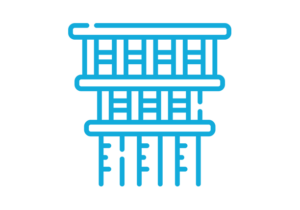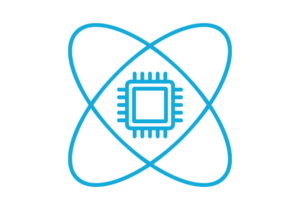Quantum Knowledge
From Theory to Application
Quantum technologies are no longer just a vision of the future, but are already being used in many areas of our everyday lives. The birth of quantum mechanics dates back to 1925, when Werner Heisenberg developed the matrix representation of quantum mechanics. This representation made a complete mathematical description of quantum mechanical processes possible for the first time.
The Two Quantum Revolutions
The first quantum revolution took place in the middle of the 20th century. The understanding and use of quantum mechanical states led to the development of technologies that are now an integral part of our everyday lives. For example, transistors in chips, LEDs in lamps and displays, solar cells, lasers and MRI devices are all based on quantum mechanical effects – albeit without controlling them specifically.
At the end of the 20th century, from the 1990s onwards, physicists began to specifically influence quantum states. This laid the foundation for the second quantum revolution that we find ourselves in today. The targeted manipulation of individual quantum states opens up completely new technological possibilities:

Quantum Computer
which calculate differently than classical binary computers and could be exponentially faster for certain problems.

Highly Sensitive Sensors
which are more precise, less susceptible to interference and more compact.

Tap-proof Communication Networks
which are based on fundamental principles of quantum mechanics.
The potential applications are enormous and could disruptively change our future. Quantum computers in particular are predicted to have enormous potential.
The Most Important Quantum Mechanical Principles
The second quantum revolution is based on several fundamental principles of quantum mechanics:

